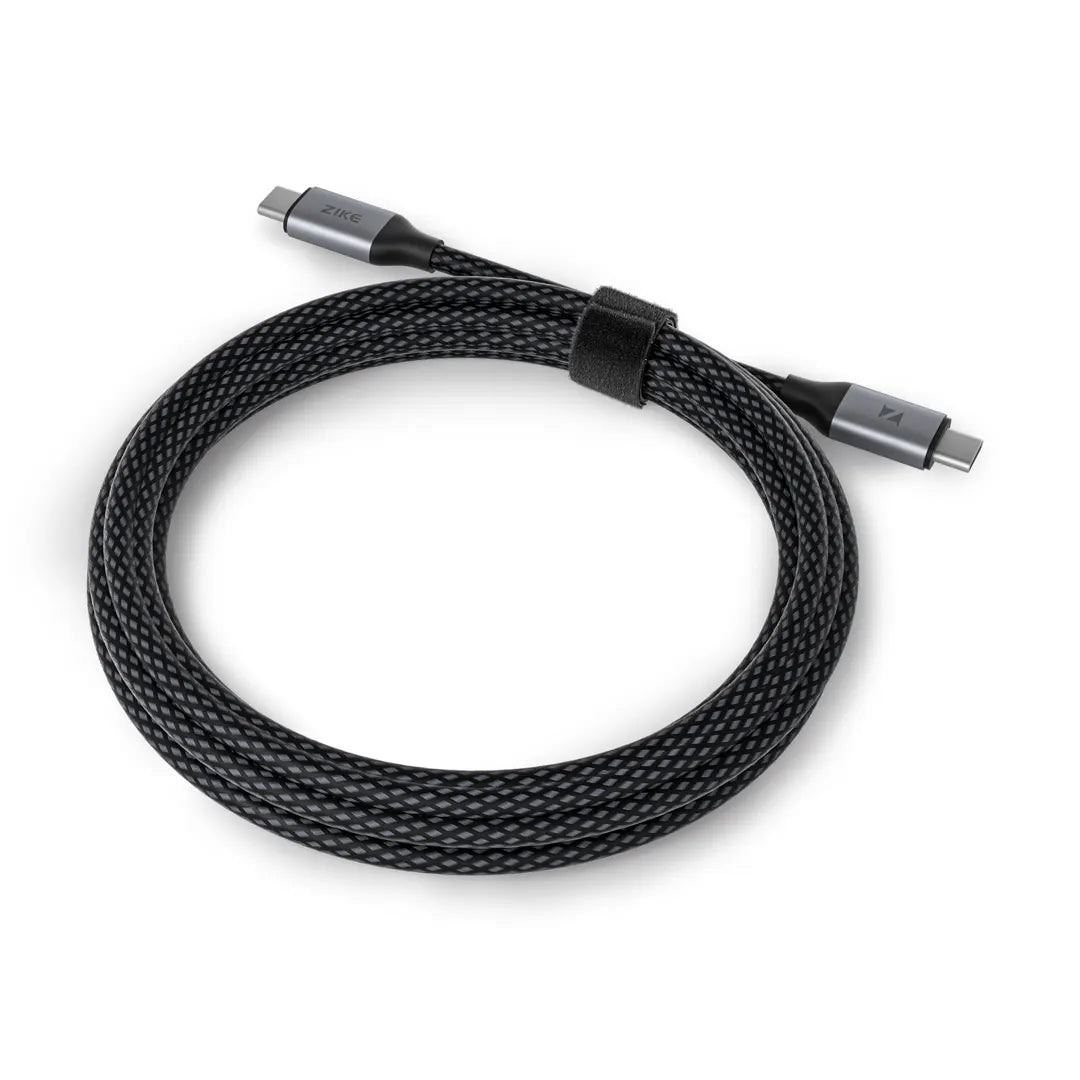March 14, 2024 | Words by Jackson
In the ever-expanding universe of tech gadgets, one humble hero stands tall, connecting us to power, data, and all things digital—the USB cable. But wait, not all USB cables are created equal!
With a plethora of types and sizes, it’s easy to get lost in the cable jungle. Fear not, intrepid tech explorer! In this guide, we’ll unravel the mysteries of USB cables, demystify their types, and equip you with the knowledge you need to navigate the USB seas like a seasoned captain.
USB cables come in various flavors, each with its unique features and purposes. Here’s a quick rundown of the main types you’re likely to encounter:

Ah, the million-dollar question! Let’s break it down:

When it comes to speed, USB cables aren't created equal. Let's break down the speed comparison of the main types:
In summary, the speed comparison of different types of USB cables boils down to their respective USB generations. While USB 2.0 remains a reliable workhorse for basic tasks, the newer USB 3.0, 3.1, 3.2, and USB 4 standards offer increasingly faster data transfere's a USB cable out there to suit your speed needs.
Before you hit that “Add to Cart” button, here are a few tips to ensure you snag the right USB cable for your needs:
ZikeTech





Absolutely! You’ll just need an adapter or a cable with USB-C on one end and USB-A on the other.
Not necessarily. Look for cables labeled with Power Delivery (PD) if you want to take advantage of fast charging capabilities.
For example, this cable: ZIKE USB C to USB C 1.5m 100W PD3.0 Cable Z518
In most cases, yes! USB-C supports daisy-chaining, allowing you to connect multiple devices in a chain for data transfer or power delivery.
Armed with this USB cable survival guide, you’re now ready to conquer the tangled mess of cables with confidence. Remember to choose the right cable for your needs, prioritize quality and compatibility, and embrace the USB-C revolution with open arms (and ports). Happy connecting!
With this guide in hand, identifying different types of USB cables should be a breeze. Whether you're hunting for the perfect cable to charge your smartphone or seeking a high-speed data transfer solution for your latest gadget, understanding the nuances of USB cable types is key. So, go forth, dear reader, and may your USB connections be swift and seamless!